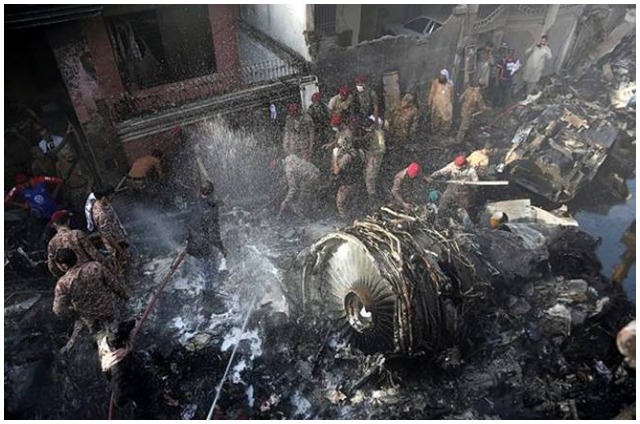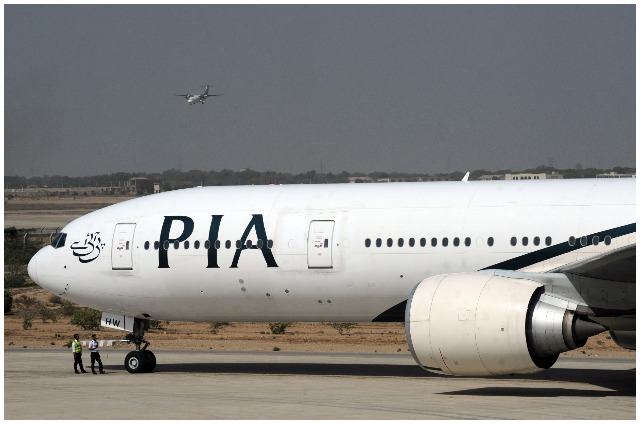February 22, 2013- The news broke in the midst of the latest price war in India’s aviation sector. Malaysia-based AirAsia and the Tata Group are joining hands to launch a budget airline in India. Delhi-based businessman Arun Bhatia is also part of the venture. The smiles on the faces of India’s middle-class, already enjoying the low fares raining down on them, just got wider. They’re cheering as much as they did when Captain Gopinath’s low-cost airline, Air Deccan, allowed them to fly paying train fares.
However, the entry of another airline at a time when all the big Indian carriers are struggling financially – though they have had a couple of good quarters after Kingfisher Airlines was grounded – is not good news. If AirAsia gets all the requisite permissions and launches operations, its entry will put a greater strain on their financials.
Budget airlines have cornered 54 per cent of the Indian market, which is growing fast because of a huge middle class and very low penetration. The advent of AirAsia in the budget/low-cost carrier (LCC) segment will check any rise in fares over the next few years.
Fares had risen sharply in the last couple of years because many airlines had trimmed operations. In addition, the operations of Kingfisher Airlines, which had earlier taken over Gopinath’s Air Deccan, have come to a standstill, giving other players more breathing room.
However, with AirAsia likely to follow the same low-cost, low-fare model it does elsewhere, fares are likely to go down when it launches operations, assuming it gets the go-ahead. This will impact the profitability calculations of Indigo, GoAir, SpiceJet and Jet Airways.
Air fares in India are already low compared to other big markets. Jet Airways’s Naresh Goyal himself doled out some statistics last year. The domestic airfare for a journey of more than 2,000 km is 87 per cent higher in China, 119 per cent more in the US, 162 per cent higher in Canada and 182 per cent more expensive in Australia.
What is even more worrying for other airliners is the re-entry of one of India’s biggest conglomerates, the Tata Group, into the airline business. The Tatas, unlike Kingfisher’s Mallya or Jet’s Goyal, have deep pockets to withstand sustained losses in this capital-intensive business. The backing of the Tatas and the operational expertise of AirAsia will ensure the new airline has a huge advantage.
 The owners of some carriers, who were privately enjoying Kingfisher Airlines’s fall, will now have to rework their strategy. AirAsia’s entry may also affect the international plans of some airlines. For example, IndiGo and Jet are betting big on international expansion, but now, with competition in their backyard, they may have to reconsider those plans.
The owners of some carriers, who were privately enjoying Kingfisher Airlines’s fall, will now have to rework their strategy. AirAsia’s entry may also affect the international plans of some airlines. For example, IndiGo and Jet are betting big on international expansion, but now, with competition in their backyard, they may have to reconsider those plans.
In the past, the entry of new players had upset the plans of existing players. Jet Airways was forced to buy Air Sahara to reduce competition. Kingfisher gobbled up Air Deccan for the same reasons and to enter the LCC segment.
In a growing economy, consolidation brings many advantages, but as the slowdown sets in, mergers only compound problems. The economic slowdown has led to the grounding of Kingfisher Airlines while forcing the loss-making Jet Airways to scout for a strategic partner.
The other lurking danger is the depreciation of the rupee against the dollar and the threat of a hike in oil prices, neither of which airlines have any control over. These variables could haunt them again in future.
For travellers, however, the good times are back.
BUSINESS TODAY










